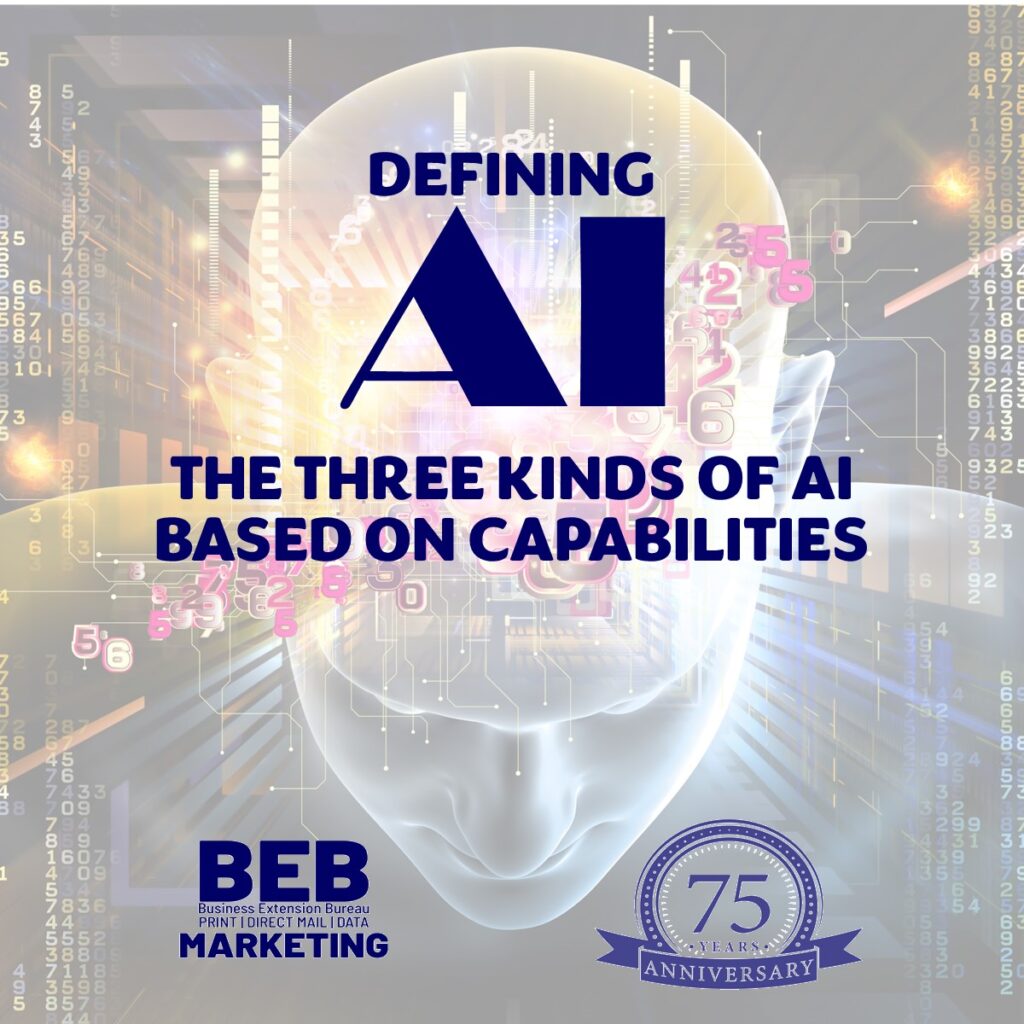The earlier versions of the AI applications that we commonly interact with were based on traditional machine learning models. These models rely on learning algorithms created and managed by data scientists, requiring human intervention to process new information and perform tasks beyond their original training.
With the introduction of artificial neural networks, machines are able to learn through reinforcement and mimic the information processing of the human brain.
With the continuous evolution of AI, the field is in a state of constant change and rapid development. Our comprehension of both realized and theoretical AI is constantly shifting, leading to variations and overlaps in AI categories and terminology across different sources. Nonetheless, a comprehensive understanding of AI can be gained by examining two overarching categories: AI capabilities and AI functionalities.
Artificial Narrow Intelligence, also known as Weak AI, is the current state of artificial intelligence that exists today. It is designed to perform a specific task or set of tasks more efficiently than a human mind. However, it is limited to the narrow range of tasks it has been trained for and cannot operate outside of those parameters. Examples of Narrow AI include virtual assistants like Siri and Alexa, as well as IBM Watson.
On the other hand, Artificial General Intelligence (AGI), also known as Strong AI, is a theoretical concept that encompasses the ability for AI to use previous knowledge and skills to perform new tasks in different contexts without the need for human intervention. AGI has the potential to learn and perform any intellectual task that a human can.
Artificial Superintelligence, also known as Super AI, goes even further beyond AGI in terms of theoretical capabilities. If realized, Super AI would possess cognitive abilities that surpass those of human beings, including the ability to think, reason, learn, and make judgments beyond human capacity. Super AI would have evolved to understand human emotions and experiences, and potentially even develop emotions, needs, beliefs, and desires of its own.

